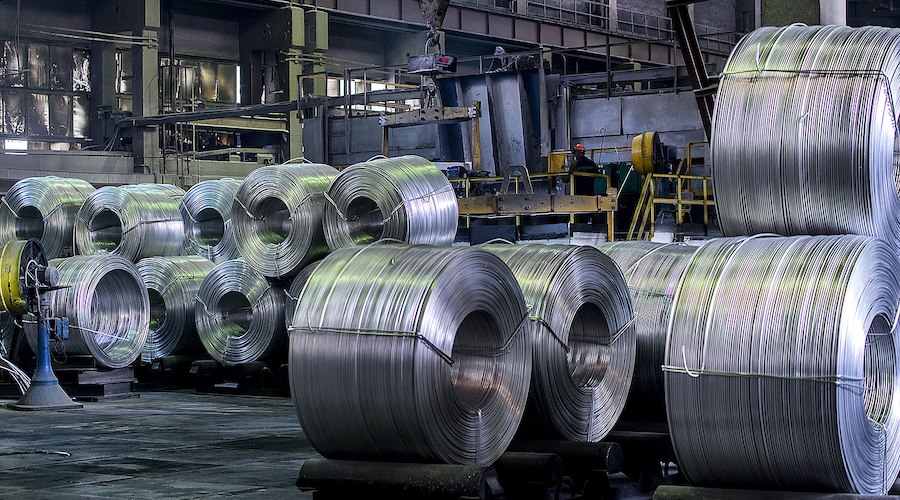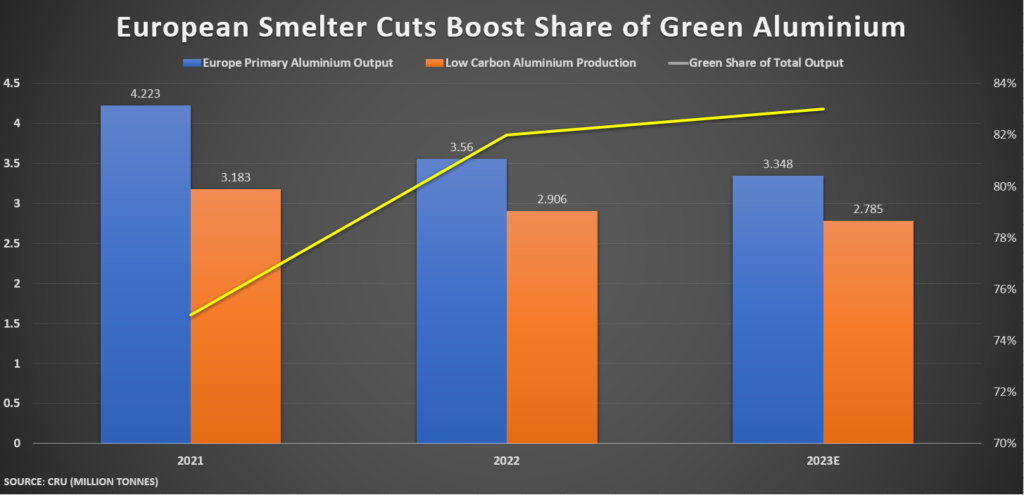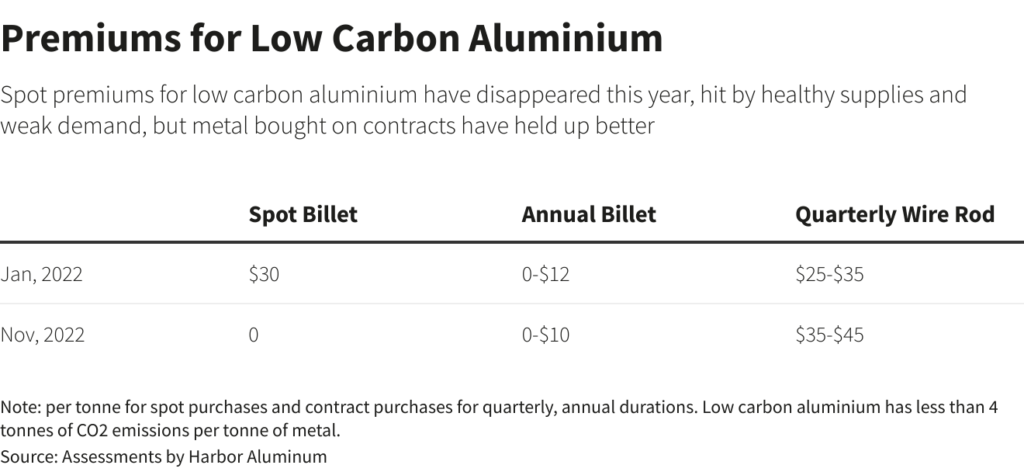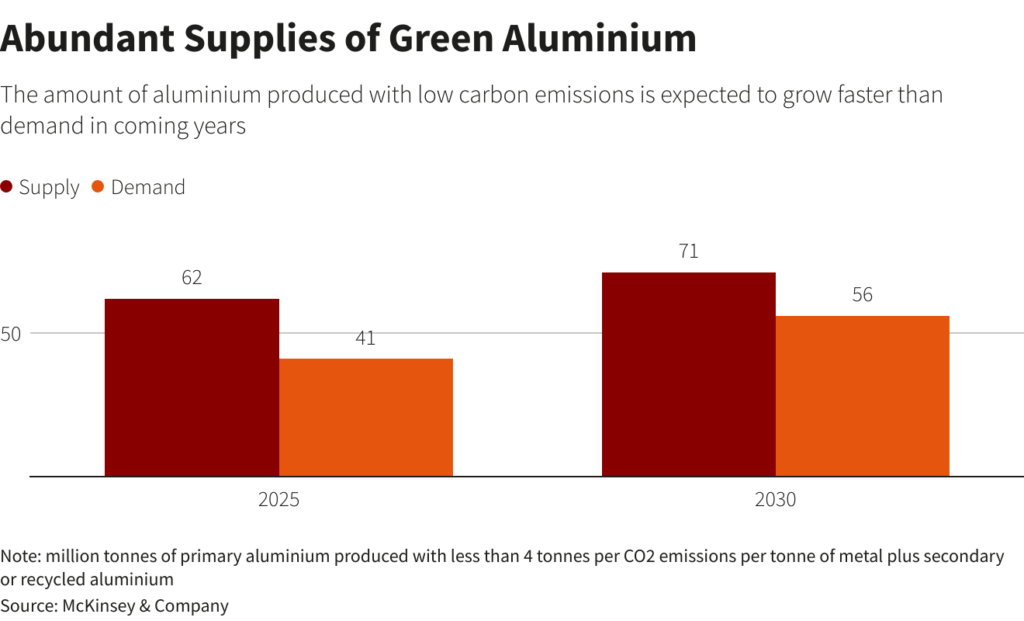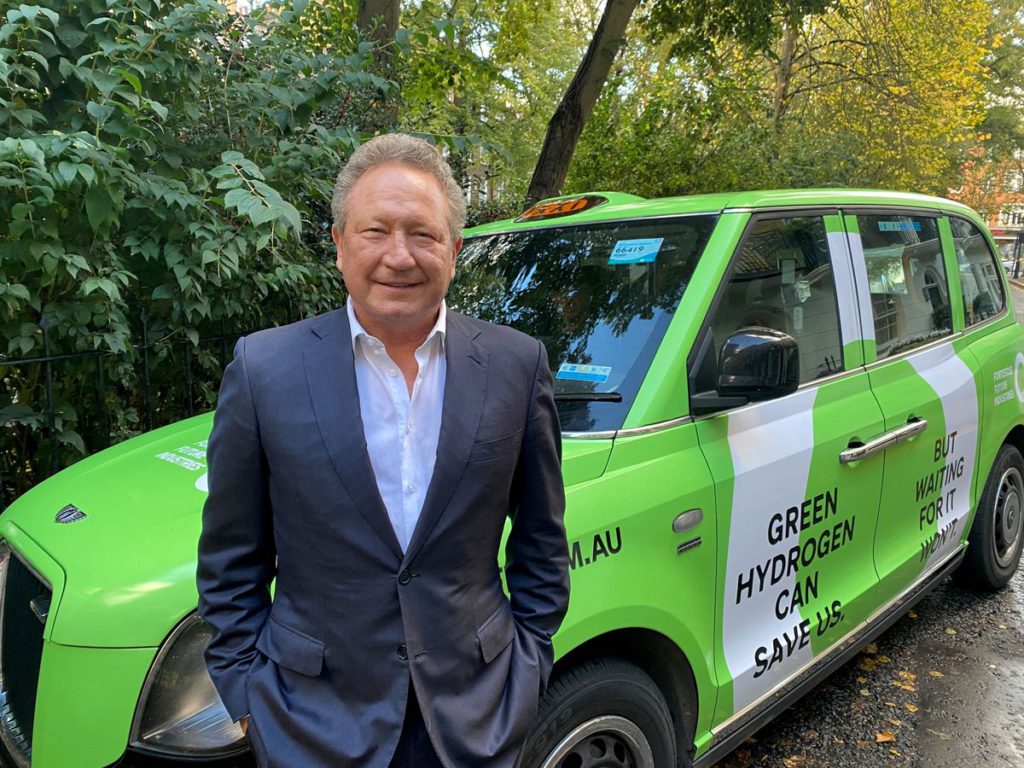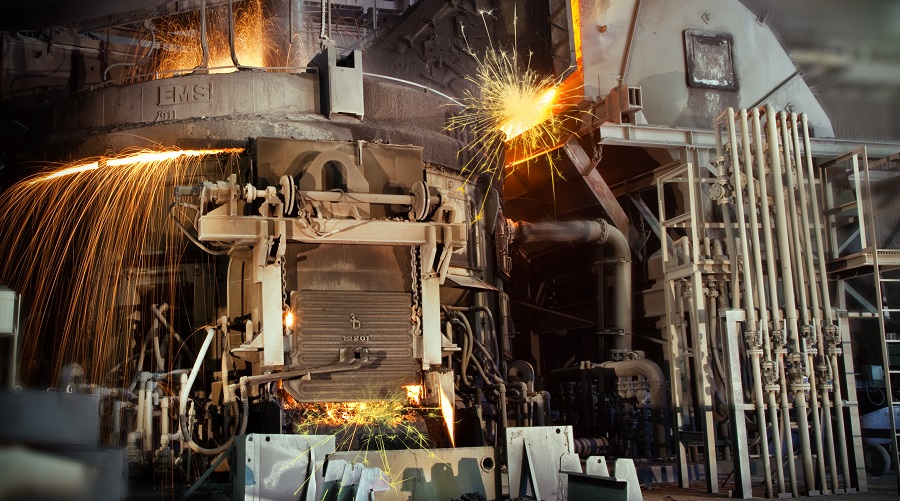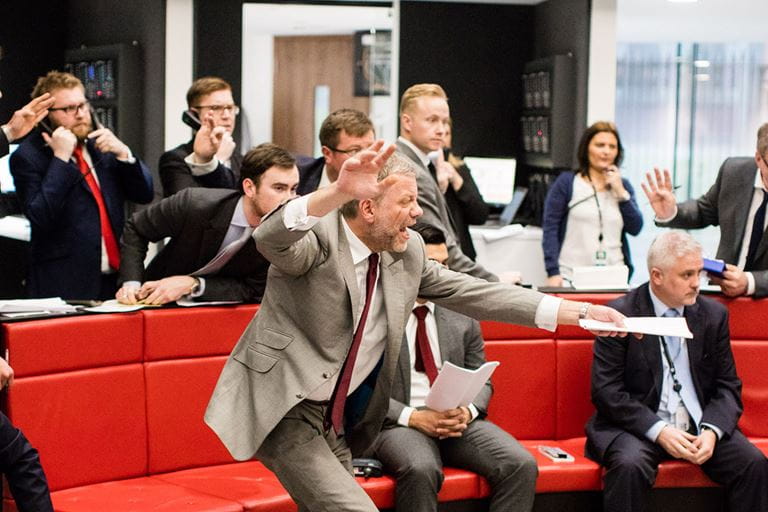Restaurants worried about supply of single-use plastic alternatives ahead of ban
, BNN Bloomberg
A restaurant industry group wants assurance from Ottawa that supply of affordable alternatives to single-use plastic items like forks, straws and takeout containers will be available to meet growing demand as a federal ban on the items is poised to take effect.
Olivier Bourbeau, vice-president of federal affairs at Restaurants Canada, said the industry is keen to transition to more environmentally-friendly operations, but restaurateurs – particularly small businesses – are in the dark about whether there will be enough plastic alternatives to go around if demand for them spikes.
“The government needs to make sure that these products will be available at an affordable price,” Bourbeau said in an interview on Dec. 13.
“If we do not have access to these products, what can we do? We really want to be part of the change, obviously, but we want to have the tools in our hands to do so.”
The first phase of Canada’s national ban on select single-use plastic items is due to kick in on Dec. 20, prohibiting the manufacturing and importing of most plastic checkout bags, cutlery, foodservice ware, stir sticks and straws in a federal government bid to reduce plastic waste and greenhouse gas emissions.
PANDEMIC CAUSED SHORTAGES
Businesses have another year until it becomes illegal to sell the banned products to customers.
However, even plastic options have been in short supply since the COVID-19 pandemic and its related social distancing public health rules drove up global interest in take-out and delivery, Bourbeau said. The phenomenon has led to depleted stockpiles and less availability of products.
Chain restaurants have been forced to make smaller orders as a result, Bourbeau said, and the issue is more difficult for small independent operators to manage.
“With the new regulation asking for alternative products, it’s going to be really, really challenging,” Bourbeau.
GOVERNMENT RESPONSE
Restaurants Canada said it’s asking Ottawa to work closely with suppliers to ensure there is enough manufacturing capacity for alternative products to meet expected demand for the transition, and that the products are affordable.
A spokesperson for Environment and Climate Change Canada (ECCC) didn’t directly say if the government was working with suppliers on the supply issue, but pointed to plans outlined in the 2022 federal budget “to attract significant private sector investment to achieve important national economic policy objectives.”
As for the price tag for the items, spokesperson Nicole Allen of ECCC said in an email that the government expects costs of the substitutes for single-use plastics “to be passed on to customers” at an expected cost of around $5 each year per Canadian.
She also pointed to guidance published by the department that outlines alternatives and encourages businesses to seek out reusable options.
TOO EARLY TO FULLY ASSESS DEMAND
Many Canadian businesses have already made the shift away from single-use plastics, and bans on plastic bags are already in effect in some municipalities and provinces.
The owner of Greenmunch, an Alberta-based sustainable food packaging company, said more operators are inquiring about the products his company offers but it’s “a bit early yet” for supply issues to emerge, with a year left for businesses to use up their plastic inventory.
“I have seen a big increase in businesses asking questions about the upcoming ban however I expect that we won't see a big surge in demand until customers are forced to search out alternatives as their normal supply is discontinued,” Phillip Jacobsen said in an email.
Supply of all disposables has been “very tough” this year, he said, but the situation has improved in the last few months.
A spokesman for E6PR, a company highlighted in the federal guidance as a biodegradable alternative to plastic ring beverage carriers, said, meanwhile, that the businesses is “ready to take on demand” as Canada and other jurisdictions move away from single-use plastic, and more potential customers reach out.
“We will be able to meet the increase in demand because we can increase our manufacturing capacity rather quickly,” Ricardo Mulas Ochoa of E6PR said in an email.
Bourbeau said Restaurants Canada doesn’t have figures yet about a potential supply-demand gap for sustainable alternatives, but he said the lack of information is a source of stress, and his organization will be closely watching for any issues that might arise after the ban takes effect.
“We want to be part of the change,” he said. “The question should be, are there enough suppliers? Are we ready to make the transition?



